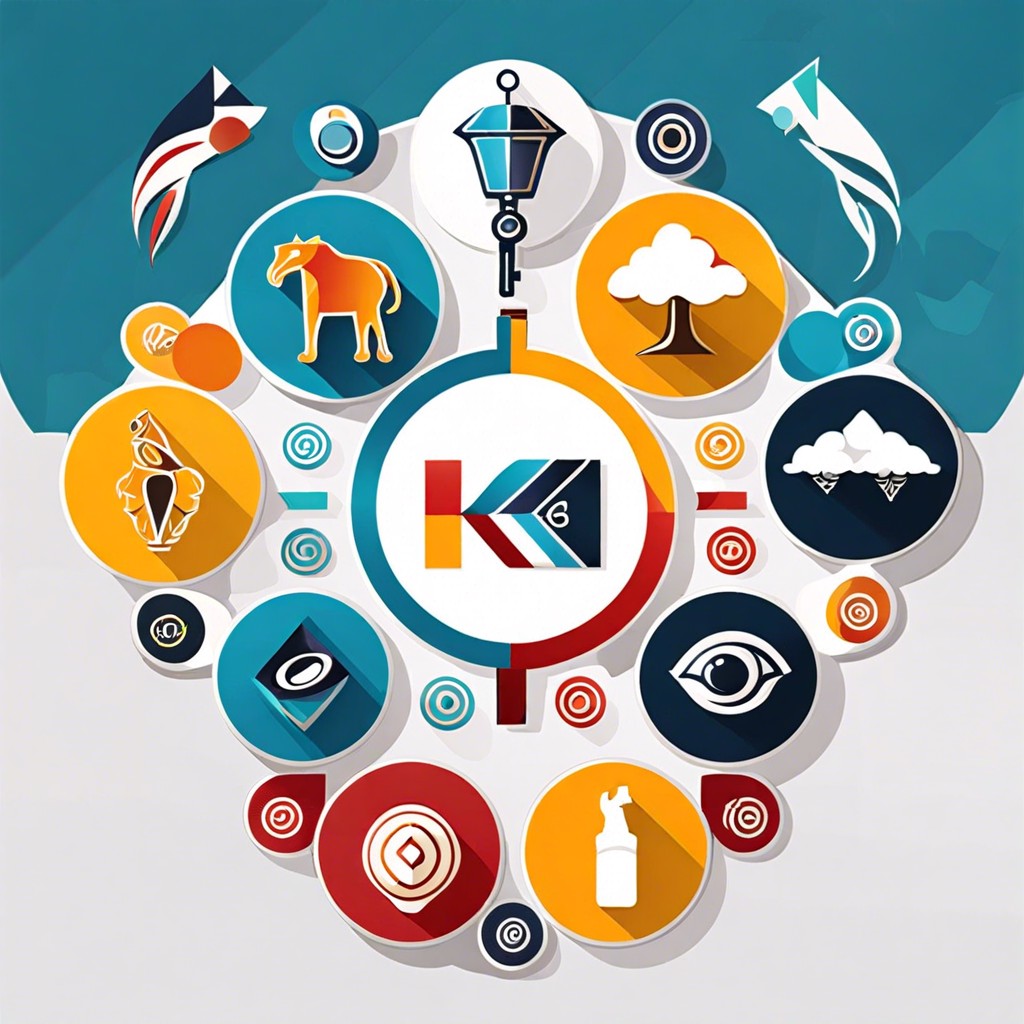Discover what a brand bible is and why it’s essential for maintaining your brand’s identity and consistency.
Essential Elements of a Brand Bible

A brand bible isn’t just a set of guidelines; it’s the holy grail for maintaining your brand’s sanctity! Think of it as the ultimate guidebook for everyone who touches your brand, keeping them aligned and preventing brand identity crises.
First up, the logo guidelines. These are your do’s and don’ts about logo sizes, spacing, and, crucially, what not to do with it. No squishing, stretching, or magical color swaps!
Next, we have the color palette. This isn’t just any set of colors; these are the shades that define the soul of your brand. This section should specify the exact hues for print, digital, and beyond.
The typography section follows, detailing which fonts to use where and when. Remember, consistency is key, not just in messages, but in the typefaces that carry them.
Voice and tone are up next. This part of your bible will outline whether your brand talks like a wise guru or a quirky friend, ensuring all communication sounds like it’s coming from the same source.
Finally, the overall brand mission and vision statements. This is where you remind everyone why you do what you do, guiding every piece of content created and ensuring it aligns with the bigger picture.
Keeping these elements consistent ensures your brand is always recognized, whether it’s on a billboard or a business card.
Real-world Examples of Effective Brand Bibles
Imagine walking into a realm where every color, font, and logo shouts “Coca-Cola.” This iconic brand nails it with their comprehensive brand guide, setting a red and white benchmark in branding excellence that ensures uniformity across every can and commercial. Their brand bible isn’t just a document—it’s the holy grail of their marketing voice, dictating the do’s and don’ts to maintain that classic Coke vibe worldwide.
Switch gears to tech, and you’ve got Apple. Their minimalist, clean, almost Zen-like guide covers not just the visuals but the experience each product and advertisement should evoke. Here’s a company that tells you not just how to display the logo but how to feel the brand—sleek, modern, and perpetually cool.
Then, there’s Airbnb. This is a brand that redefined not only their industry but their branding too. Their brand book goes beyond logos and colors; it delves into community and belonging, weaving their core values into every aspect of their presentation. It’s like a warm, inviting bed-and-breakfast translated into a set of branding guidelines.
These companies show that a brand bible is more than a set of rules—it’s a blueprint for building and maintaining the character of a brand across all platforms and products. Through meticulous consistency and creative integrity, they create more than recognition; they inspire loyalty. And isn’t that the ultimate goal?
Steps to Create a Brand Bible
First off, gather all the essential ingredients: your brand’s mission, vision, values, and personality traits. Think of it as collecting the Infinity Stones—each one crucial for brand universe domination.
Next, define your visual elements. This includes your logo, color palette, typography, and imagery. It’s a bit like setting the dress code for your brand’s never-ending party. Make sure everyone shows up in style!
Then, nail down your brand’s voice. Is it friendly? Authoritative? A bit cheeky? This voice will be your brand’s megaphone, so tune it to be clearly heard over the din of the competition.
Also, consider your brand’s do’s and don’ts. Sketch out clear guidelines on what aligns with the brand and what doesn’t. It’s like setting ground rules at camp—no feeding the bears, no fires unattended, and absolutely no bad fonts!
Lastly, involve your team. A brand bible isn’t just a solo project; it’s a team sport. Get input from different departments to ensure the guide is comprehensive and universally applicable.
By following these steps, you’re not just crafting a document—you’re sculpting your brand’s backbone. Each step fortifies your brand’s identity, ensuring consistency and clarity across all platforms.